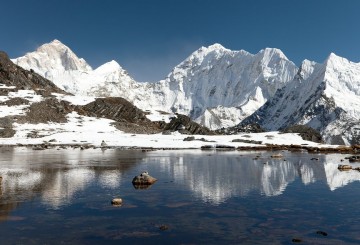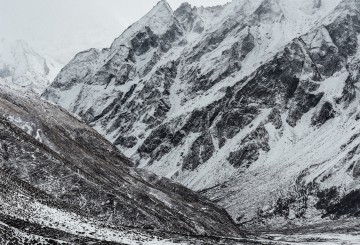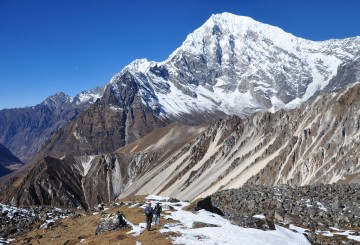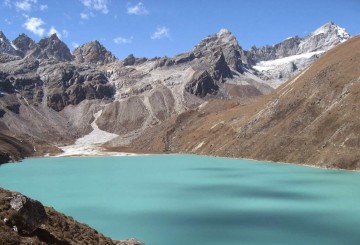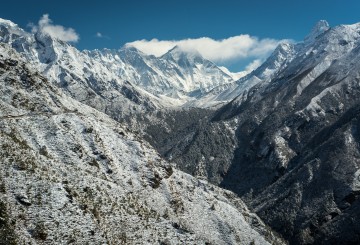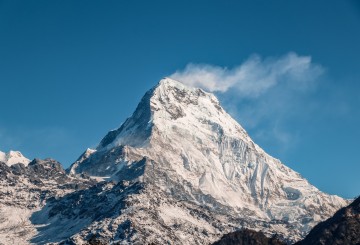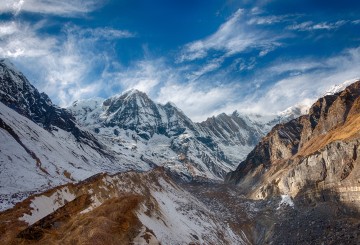Upon your arrival, our representative from Himalayan Sherpa Adventure awaits you at the airport. We will then proceed towards your hotel and brief you about Nepal and your trek. In the evening, we take you to a traditional Nepali restaurant for dinner where we will give you more information about the tour, your city sightseeing and also answer any questions you may have. Overnight in Hotel Mulberry. (B, D)

The perfect trek designed for clients who have experience in high Himalayan elevation, or for those who are fit and like challenges. This route covers nearly all areas of the Khumbu region, while crossing the 3 high passes above 5000m.
The vantage point from all 3 passes are truly unforgettable allowing you to gaze in wonder at the Himalayas; enjoying the most scenic views of Mount Everest and all the other peaks around Khumbu in front of you. The views you will have from these passes are amazing, the kind that will stick with you for a lifetime!
This trek later reaches near the border of Nepal and Tibet, after crossing the Renjo Pass, which is one of the most remote regions in the Khumbu Valley. Through the trails of Nangpala, Trans Himalayan business happens in caravan style and this caravan route is still active for the traders of Tibet in Khumbu.
-
Day 1 Arrival in Kathmandu
-
Day 2 Sightseeing in Kathmandu and equipment check
Our guide will check your equipment in the morning to see if everything is fine. We will then start our site seeing tour, heading to at least 3 major attractions in Kathmandu. Our sightseeing starts in the morning and should finish around 3 pm. Some major sightseeing places are Pashupatinath, Boudhanath, Swayambhunath, Kathmandu Durbar square etc. You will have the rest of the day free and also a chance to do any last minute shopping before your trek. Overnight in Hotel Mulberry. (B)
-
Day 3 Phakding 2600m 4 walking hrs
We leave for Ramechap airport early morning from Kathmandu and from Ramechap, we fly to Lukla airport (2800m) on a magnificent mountain flight. After landing in Lukla we will take a little time to refresh and have a cup of tea before we start on an easy trek to our lodge in Phakding. Overnight at Sherpa Shangri-La Resort. (B, D)
-
Day 4 Namche Bazaar 3450m 6 walking hrs
We’ll take a beautiful walk along the banks of the Dudh Koshi River to Jorsalle where we stop for lunch. We start a steep climb to Namche Bazaar after lunch. On the way, we have our first views of Everest (8848m) Nuptse (7879m) and Lhotse (8511m). Overnight at lodge in Namche. (B, D)
-
Day 5 Namche – Khumjung (3800m) Acclimatization - Namche 2-3 walking hrs
After breakfast, we’ll take an easy uphill walk to Khumjung crossing the Syanboche airstrip. During the walk, we’ll take a short visit to the Everest View Hotel and enjoy a scenic lunch there. After lunch, we’ll decend to Khumjung Village (The largest Sherpa village in Khumbu) and visit the Sir Edmund Hillary School and monastery, where we can see scalp of a Yeti! After Khumjung, we head to Khunde to visit the Sir Edmund Hillary Hospital and then trace our way back to Namche. Overnight at lodge in Namche. (B, D)
-
Day 6 Tengboche 3860m 5 walking hrs
We’ll descend the slopes of Khumbila to Phunghi Thanga via Kengjuma and Laushasha for lunch, crossing the Dudh Koshi River. After lunch, we ascend up for Tengboche, where we will be staying overnight in a lodge. Tengboche is an ideal place for to view the mountains, Mt. Everest, Lhotse, Nuptse, Ama Dablam, Khumbila, Kongde and many other peaks are all visible from there. You can also visit the world’s highest monastery there to experience how the Sherpas live and practice Buddhism. Overnight at lodge in Tengboche (B, D)
-
Day 7 Dingbcohe 4410m 6 walking hrs
We have an easy flat walk today from Tengboche to Dingboche crossing the Dudh Koshi River again. This is where we will have the best views of Thamserku, Kongde, Khangtega, Ama Dablam, Lhotse, Nuptse and Everest. Overnight at lodge in Dingboche. (B, D)
-
Day 8 Chukung 4730m 4 walking hrs
We again have an easy but soft uphill trail to Chukung. You are surrounded by the towering giant peaks all the way to Chukung from Dingboche. Overnight at lodge in Chukung. (B, D)
-
Day 9 Chukung 4730m Rest and Exploration
Today we explore the trail surrounding Chukung up to the base camp of Island Peak above 5000m from where you can have the beautiful view of Amphu Laptsa, Ama Dablam and the numerous glaciers. Overnight at lodge in Chukung. (B, D)
-
Day 10 Kongma La (pass) - Lobuche 4940m 7 walking hrs
We’ll have an early breakfast today and start the walk to cross Khongma La (5535m) for the most beautiful views of the Khumbu Glacier, Mt. Everest, Nuptse and Lhotse and all the other peaks around there. We will carry a packed lunch from the lodge. Overnight at lodge in Lobuche.(B,D)
-
Day 11 Lobuche – Everest Base Camp - Gorakshep 7 walking hrs
We’ll wake up early morning and have breakfast before walking slowly over the various moraine to Gorakshep. Once there, we will leave our bags at the lodge then take the trail to Everest Base Camp. During the spring season, you can see many small tents belonging to camps of the Everest expedition groups. Gorakshep offers exceptional views of Mt Everest, Pumori and a sea of Himalayan peaks around us, along with huge glaciers in their imperceptible slow forward slide. Later we return to Gorakshep for an overnight stay. (B, D)
-
Day 12 Kalapatthar 5643m - Dzongla 4830m 5 walking hrs
Early morning we have breakfast and head up towards Kalapatthar (5643m). Kalapatthar offers one of the best views of Mt. Everest and the summit provides a great opportunity to capture the perfect picture! After Kalapthhar, we descend down to Gorakshep and head towards Dzongla via Lobuche. We’ll have an easy downhill trail at first which later becomes a flat walk then a gradual short uphill walk for about 2 hours for lunch and later we have an easy trail for 1 hour. At the end of the trek, it’s a nice trail to Dzongla where we will stay overnight in a lodge. (B, D)
-
Day 13 Cho La (pass) 5368m - Thagnak 4700m 7 walking hrs
We’ll wake up early morning and have breakfast before getting ready for the big walk today. We’re ascending uphill to Cho La (5368m) where we will have lunch on the pass and take some time to enjoy the view. After the pass, we descend down to Thagnak for our overnight stay in a lodge. This is a wonderful place to view Mt. Everest and its neighboring giants from the other side. Our staff will serve you a packed lunch on the pass today. Overnight in Thagnak. (B, L, D)
-
Day 14 Gokyo 4790m 4 walking hrs
We have a gradual downhill walk for the first half of the day and later an easy, flat trail to Gokyo. We’ll have lunch in Gokyo, as today will not be a long day. We have a beautiful walk over the Ngozumpa Glacier today and then an overnight stay in Gokyo. (B, D)
-
Day 15 Summit Gokyo Ri 5360m 6 walking hrs
We'll wake up at 4:00 am for hot tea and some light snacks before starting for the summit at 5am. The steep climb to Gokyo Ri (5360m) requires a little effort but it’s very rewarding. Gokyo Ri offers stunning views of the Gokyo lake, the massive Ngozumpa Glacier and an incredible panoramic view of the whole Himalayas, including Everest, Lhotse, Nuptse, Makalu (8481m), Cho-Oyu (8153m) and Gyachung Kang (7922m). We descend after summiting Gokyo Ri back to the lodge. Overnight in same lodge in Gokyo. (B, D)
-
Day 16 Renjo La (pass) 5345m - Lungden 4380m 7 walking hrs
After breakfast, we have a steep uphill walk to Renjo La (5345m). We will carry a packed lunch with us to enjoy at Renjo La. One of the best views of the entire Khumbu Valley and the Himalayas can be seen from Renjo La. We then descend to Lungden for an overnight stay there. Overnight in Lungde. (B, D)
-
Day 17 Thame 3800m 6 walking hrs
We have an easy downhill walk to Thanmute and later a short descent down to Thame Village for our overnight stay. We’ll visit the Sherpa village there and if time permits, we can also visit one of the most important monasteries of the region, situated right above Thame Village. Overnight at lodge in Thame. (B, D)
-
Day 18 Phakding 2600m 7 walking hrs
After breakfast, we’ll take we take a beautiful walk to Namche via Thame Village crossing the Dudh Koshi River. We’ll have lunch in Namche and descend to Jorsale. From Jorsale we have easy flat trails following the scenic Dudh Koshi River to Phakding for an overnight stay at the Sherpa Shangri-La Resort. (B, D)
-
Day 19 Trek to Lukla 2800m 6 walking hrs
It’s the last day of our trek and also an easy walk to Lukla. After breakfast, we will slowly start walking towards Lukla while reminiscing about all the memories of our journey. Our guide will have already arranged and reconfirmed your flight schedule for tomorrow. After reaching Lukla, we’ll have a chance to rest and meet for a final time with the entire trekking crew for dinner. Our team including porters, assistant guide and guide will join you for dinner and bid farewell. By now, you will also have noticed that all our teams are not only professionals in what they do, but they are also great entertainers! We will celebrate our last night by dancing to some Nepali tunes. Overnight in Hikers Inn Lodge. (B, D)
-
Day 20 Kathmandu 1400m 35 min flight
We have a morning flight to catch and our team will help you till the airport. A Himalayan Sherpa Adventure representative will be waiting for you in Kathmandu Airport’s domestic terminal. We will bring you back to your hotel and you will have the rest of the day free. Overnight in Hotel Mulberry. (B))
-
Day 21 Airport transfer for final departure
We bid a final farewell to and drop you to the airport for your departure. (B)
What's Included ?
- 4-star category hotel in Kathmandu
- Experienced licensed local trekking guide.
- Assistant guide to walk with group to support where necessary as per the group size.
- 1 porter for 2 clients to carry trekking stuffs (Porter weight limit is 25kg)
- Tea, coffee and hot water is served during the trek.
- All our vehicles operate with AC
- Sharing twin/double trekking lodge accommodation during the trek.
- Food, accommodation, salary of guide and porters.
- Insurance and trekking gear for guide and porters.
- All necessary Trekking permits and Conservation entrance fees.
- All local tax, vat and office service charge.
What's Excluded ?
- Meals in Kathmandu except for breakfast.
- Nepal visa, International air ticket and Personal travel insurance which must include air evacuation facility.
- All lunch while here in Nepal.
- Hard drinks and beverages such as coke, Fanta, mineral water
- Hot shower, toiletries and personal nature expenses.
- Internet, battery charge and phone calls.
-
1. What is the best time to visit the Everest region?
- The most popular months for trekking in the Everest region are March, April, May and September, October, November, as these months are when the conditions are at their best. The spring and autumn tend to offer reasonable temperatures, clear skies, little to no rain and less chance of problematic snowfall. The average temperature around this time can range from a high around 20 degree Celsius during the day to -15 degree Celsius at night. - December, January and February have colder temperatures and are less frequently travelled, but this should not deter you from making your trip to the Everest region during these months. The weather is very clear allowing you to see all the majestic mountains and most of the lodges and tea houses are open during this time. Best of all, you don’t have to deal with crowds and will have all the views to yourself!
-
2. How do you get to the Everest region?
- The most popular way to travel the Everest region is by a short 30 minutes flight from Kathmandu to Lukla. Lukla is the starting point for all treks in this region.- There is an alternative way to reach the Everest region by driving from Kathmandu 12 hours to the village of Solu and walking for 2 additional days to reach Lukla.
-
3. What is the luggage weight limit on flights to the Everest region? Do we need to use duffle bags instead of regular luggage (with frame and roller)?
- The luggage weight limit on Everest flights are 15 kgs luggage and 5 kgs of hand carry (personal backpack). Before you start your trek, any unwanted luggages can be left in your hotel in Kathmandu. They will happily store it for you as you will be using the same hotel once your trek ends. - Yes, Duffle bags are better while in the trek because it can store more luggages and helps our porter to manage his load better.
-
4. Where will we be staying during our trek and what to expect from the accommodations? What kind of meals should I expect during the trek?
- We use only the best available accommodations during our treks which can include hotels, lodges and tea houses. Through our decades of experience, we have selected these places for their hygiene, amenities and client satisfaction. - During your trek the food choices might be more limited but you can always expect to find staples such as Dal Bhat, driving from Kathmandu 12 hours to the village of Solu and walking for 2 additional days to reach Lukla. 3. What is the luggage weight limit on flights to the Everest region? Do we need to use duffle bags instead of regular luggage (with frame and roller)? - The luggage weight limit on Everest flights are 15 kgs luggage and 5 kgs of hand carry (personal backpack). Before you start your trek, any unwanted luggages can be left in your hotel in Kathmandu. They will happily store it for you as you will be using the same hotel once your trek ends. - Yes, Duffle bags are better while in the trek because it can store more luggages and helps our porter to manage his load better. 4. Where will we be staying during our trek and what to expect from the accommodations? What kind of meals should I expect during the trek? - We use only the best available accommodations during our treks which can include hotels, lodges and tea houses. Through our decades of experience, we have selected these places for their hygiene, amenities and client satisfaction. - During your trek the food choices might be more limited but you can always expect to find staples such as Dal Bhat, Noodles/ Chowmein, Fried rice, Sandwiches, Soups and French Fries. You can also find some vegetarian options as well. Another common popular Nepali dish is Momo (dumpling) which is very popular among the locals. Make sure to try one when you can.
-
5. Do we need to bring towel, toilet paper? Does all the hotels/ lodges on the route provide bathroom, hot shower and toiletries?
- Not all hotels/ lodges provide the above following. We recommend all our clients to bring their own toiletries. Some hotels will provide attached bathroom with hot shower in your room while others will just provide a common bathroom. - The Everest region is still a remote area with no proper road access. Hence, most of the goods and supplies in this region have to be flown via air. This makes it very difficult and expensive to provide all the facilities. Some of the lodges in the lower Everest region will provide most of the facilities but you need to understand that the higher you trek, the lesser facilities will be available.
-
Do we need to bring a sleeping bag and how warm will the room be?
- Up until Namche, you will not be needing a sleeping bag. You will only need a sleeping bag in the higher elevation like around Everest base camp. Some lodges will give extra blankets but having your own sleeping bag is better. Your porter will put your sleeping bags in the duffle bags that he carries. If you don’t have a sleeping bag, you can always buy one in Kathmandu or rent through our company.
-
7. If we bring water bottle, where can we refill clean drinkable water?
- Unfortunately, the Everest region does not have a system of refilling clean drinkable water. The only way to do so is to purchase a bottle mineral water and then to pour it onto your water bottle. Purchasing mineral water is very easy in the Everest region but please know that the higher you go, so will the price of water. Also, please remember to recycle the plastic bottle or to give it to your guide or the lodge who will recycle it. It is not advisable to drink tap water. Please only use mineral bottle water or boiling water.
-
8. What about Laundry services and ATM’s along the trek route? Do they accept US dollar during the trek?
- Laundry machines are very rare in the mountains so please check with your guide for this services. Trekkers usually will not have big laundry during the trek and the little items such as socks and towels can be hand washed and later dried in the sun or by the fire. Most trekkers will only do their laundry once they are back in the capital Kathmandu where you can find plenty of Laundry services. 7. If we bring water bottle, where can we refill clean drinkable water? - Unfortunately, the Everest region does not have a system of refilling clean drinkable water. The only way to do so is to purchase a bottle mineral water and then to pour it onto your water bottle. Purchasing mineral water is very easy in the Everest region but please know that the higher you go, so will the price of water. Also, please remember to recycle the plastic bottle or to give it to your guide or the lodge who will recycle it. It is not advisable to drink tap water. Please only use mineral bottle water or boiling water. 8. What about Laundry services and ATM’s along the trek route? Do they accept US dollar during the trek? - Laundry machines are very rare in the mountains so please check with your guide for this services. Trekkers usually will not have big laundry during the trek and the little items such as socks and towels can be hand washed and later dried in the sun or by the fire. Most trekkers will only do their laundry once they are back in the capital Kathmandu where you can find plenty of Laundry services. - ATM’s are also available but only in certain places. So we urge you to use the ATM’s in Kathmandu where there are plenty and also their service fee will be comparatively less than in the mountains. - Yes they accept US dollar in the mountains but you will get a better deal if you exchange it in Kathmandu in the money exchange shops.
-
9. Is Internet/ Phone available up in the mountains? How do I charge my electronics?
- Internet is available but you will need to purchase it from the lodges. If you have bought a Nepali sim card then depending on the subscription, you can also get mobile data services but this is not a guarantee in all areas of the mountain. If your trek is above 4,000 meters high, we will send a company satellite phone along with the guide just in case of an emergency. - We recommend that our clients bring a power bank with them as electricity is limited especially at higher altitudes. We also found out through some of our clients that the solar powered power bank works well during the trek. So we recommend to have both or at least a power bank. Some lodges will provide free electricity for you to charge your power bank and in higher altitudes you may have to pay to charge your electronics. urge you to use the ATM’s in Kathmandu where there are plenty and also their service fee will be comparatively less than in the mountains. - Yes they accept US dollar in the mountains but you will get a better deal if you exchange it in Kathmandu in the money exchange shops. 9. Is Internet/ Phone available up in the mountains? How do I charge my electronics? - Internet is available but you will need to purchase it from the lodges. If you have bought a Nepali sim card then depending on the subscription, you can also get mobile data services but this is not a guarantee in all areas of the mountain. If your trek is above 4,000 meters high, we will send a company satellite phone along with the guide just in case of an emergency. - We recommend that our clients bring a power bank with them as electricity is limited especially at higher altitudes. We also found out through some of our clients that the solar powered power bank works well during the trek. So we recommend to have both or at least a power bank. Some lodges will provide free electricity for you to charge your power bank and in higher altitudes you may have to pay to charge your electronics. - Tip: Batteries will lose their charge fast in colder temperatures. So we recommend tucking your electronics in your blanket/ sleeping bag or you might find your phone/ camera dead in the morning.
-
10. How common is Altitude Sickness? What to do if I get one?
- While trekking in the Himalayas, there is always a chance of dealing with Altitude sickness, but there are many things that you can do to minimize the risks. Our itinerary programs are carefully designed to ascend slowly and to provide proper acclimatization activities. Our experienced guides will remind you to stay hydrated and also look out for any early signs of distress. - Our guides receive training every year on Altitude sickness. If they think that you are showing symptoms of Altitude sickness, they might perform some simple diagnostic tests such as checking your oxygen level or asking you to walk in a straight line. The most effective treatment for altitude sickness is to descend to a lower elevation. However, in severe cases or certain conditions where descending is not possible our guides will coordinate an air evacuation as soon as possible. - Note: All of our guides are trained to administer oxygen. Every trek that goes above 4,000 meters will be equipped with an oxygen cylinder and a satellite phone incase of an emergency.
-
11. Do we need to carry travel insurance?
- Yes, travel insurance is mandatory while trekking with us. Please ensure that your insurance covers air evacuation service. While trekking to the Himalayas, there is a risk of dealing with an altitude sickness. In case of such emergencies, your air evacuation insurance will help you cover the cost or else the trekker will have to solely bear the costs. Our treks are organized in a very thoughtful manner so you will not have to face such adversities, but we always want our guests to travel in a peace of mind.
-
12. Do I need guide and porters for my trek?
- Yes, having a trekking guide and porter is necessary part of your journey. We have our team of guides and porters who work with us every season. Guides and Porters are an integral part of what we do so they are a vital team member. All of our guides are trained every year on leadership skills and basic first aid skills. Our porters are treated fair by limiting the weight they carry and paying well for the job they do. Trekking in high altitude requires good support team and it is very important to have trekking guide and porter along with you. We treat our porters fairly by only allowing 24 kgs of maximum load and limit per trekker a maximum of 12 kgs (26 lbs) to be carried. 1 porter can carry the load of 2 clients.
-
13. Do I have to tip my guide/ porter?
- Tipping culture is not mandatory but highly appreciated. Please keep in mind that our guides/porters will not ask you for anything– including tips. However, if you think that they have performed well while doing their job, and earn your appreciation or a "thank you", you may by all means tip them any amount you find reasonable. Typical guidelines on tipping the guides are $5 - $10 per day and for porters $3 - $5 per day. Most clients often leave tips in the last night of their trek.
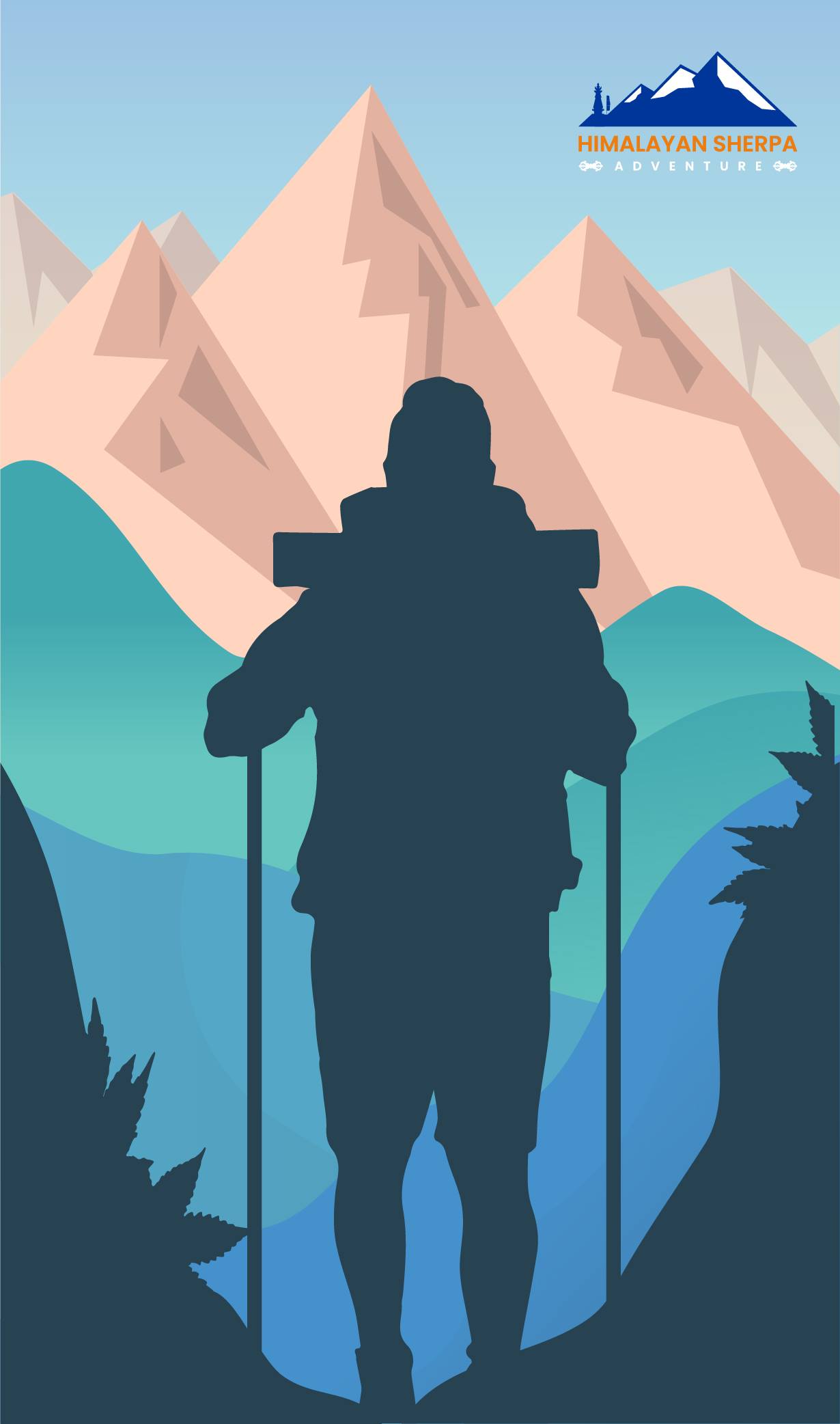
-
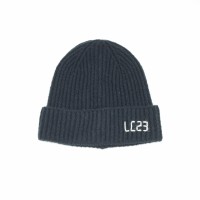
hats/beanie
-

Sunglasses
-
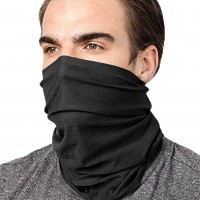
Scarf/Buff.
-

Candies/sweets
-
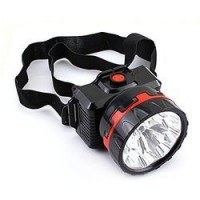
Headlights.
-
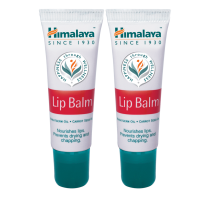
Lip balm
-

Sunscreen
-
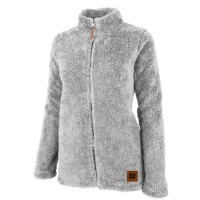
A warm fleece
-
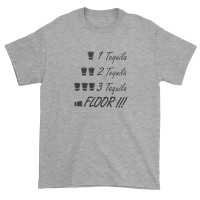
fewT shirts/ long and short sleeve shirts.
-
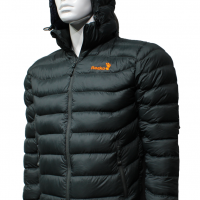
Daun Jacket
-
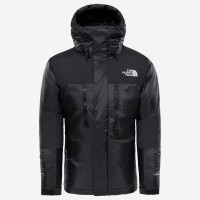
Windstopper jacket
-
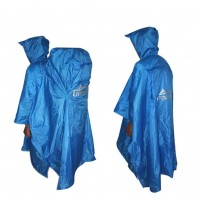
ponchos/Raincoat
-
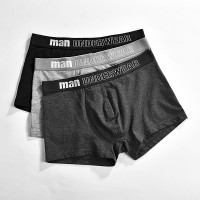
A few pieces innerwear.
-
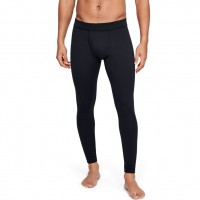
few pairs ski underwear
-
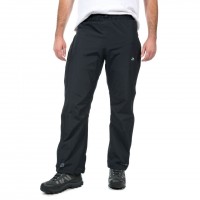
windproof trouser
-
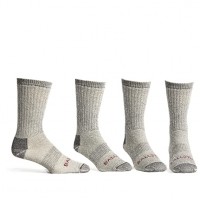
pairs of Trekking Socks
-

pairs woolen socks.
-

Slipper & Sandals
-
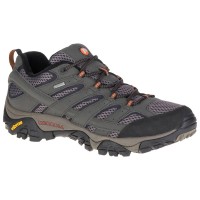
trekking shoes
-
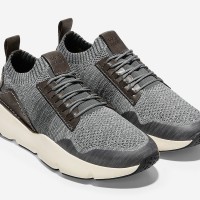
one comfortable shoes
-
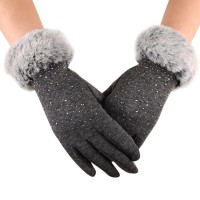
thin gloves & think gloves
-
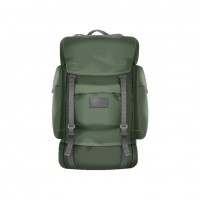
backpack / Rucksack (waterproof)
-

Sleeping bag -10* C
-
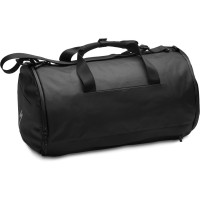
Duffel bag
-
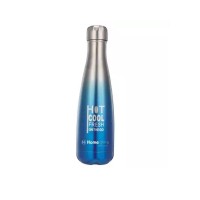
Water bottle
-
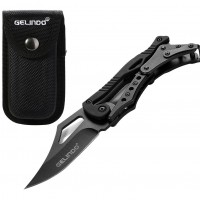
Pocket knife
-
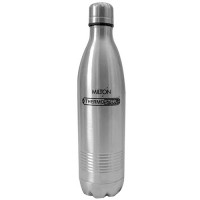
thermos
-
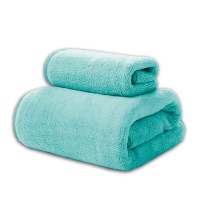
Towel & hand towel
-
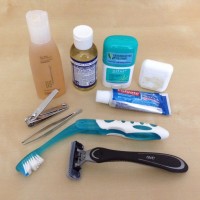
Toiletries
-

Trekking poles

You May Also Like


